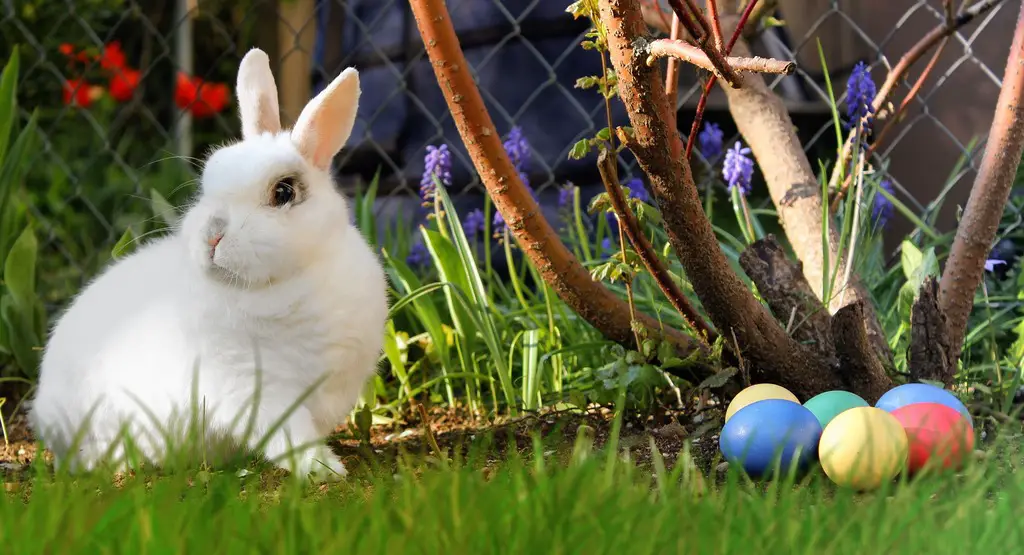 Easter is the Christian holiday celebrating the resurrection of Jesus Christ, but how did it become associated with hiding eggs and an animal that doesn’t lay eggs? As with many other traditions, the origin of the Easter bunny is rooted in practices from long ago.
Easter is the Christian holiday celebrating the resurrection of Jesus Christ, but how did it become associated with hiding eggs and an animal that doesn’t lay eggs? As with many other traditions, the origin of the Easter bunny is rooted in practices from long ago.
The Origin of the Easter Bunny
It’s not exactly known how the Easter bunny started, but it’s believed to have originated in Germany in the 1500s. It was based on the legend of the Osterhase, or Easter hare. The legend says that a poor woman hid eggs for her children to find. After they found the eggs, they saw a hare jumping away. The children believed the hare had left the eggs. The story, and the Osterhase, were brought to America by German immigrants who settled in Pennsylvania in the 18th century. Children made nests where the Easter hare could lay his eggs, and this is why we have Easter baskets, though now they are filled with colorful, plastic grass. The tradition spread across the country and eventually included chocolate and other sweets that were added to the baskets.
The Easter Bunny wasn’t Originally a Bunny
The Osterhase was a hare, and hares and rabbits are different creatures. Hares are bigger than rabbits, have larger ears, and are less social than rabbits, or if you prefer, bunnies. They also live in nests and haven’t been domesticated. Somewhere down the line, the Easter hare became the Easter bunny.
But what’s with the eggs?
The symbol of an egg and a rabbit have represented life and rebirth for many centuries. It’s believed that decorating eggs for Easter goes back to the 13th century when eggs were dyed red to represent the blood of Christ’s crucifixion. In addition, the egg represented the tomb of Jesus. Eggs were also once forbidden to be eaten during the Lenten season and would be consumed on “Fat Tuesday” prior to the start of Lent. People decorated the eggs to signify the end of their fasting and would eat them on the celebration of Easter.
The Easter Bunny Isn’t Everywhere
Easter is celebrated differently by many other countries around the world. In Switzerland, for example, a cuckoo brings the Easter eggs. In Poland, boys drench anyone they can with water in a tradition that can be traced back to the baptism of a Polish prince in 966 AD. The Osterhase (the Easter hare) still does his thing in Germany, but there is also a tradition of the Osterbaum, a tree which is decorated with Easter eggs. And in Australia, the Easter bunny has been replaced somewhat by the Easter bilby, an endangered marsupial. The reason is because the bunny rabbit is not well liked in Australia since it became a formidable pest after its introduction to the continent in the 1850s. The rabbits’ prolific breeding has caused problems because the cute bunnies destroy crops and decimate native plants. Their numbers are currently estimated at 200 million.
Sources: Time, History.com, Herald Zeitung, Woman’s Day, Journey to Germany, Rabbit Free Australia, NPR

